An important part of Bacteria Beyond Borders mission is to raise public awareness of the current diagnostics being used for infections in physician offices, hospitals, and long-term care facilities. When a person develops an infection, it is important to determine the cause (bacteria, fungi, virus, or a parasite). A specimen sample from the infection can be collected from anywhere on the body. Examples would be sputum, urine, blood, or tissue. The sample is then sent to a lab for analysis. The lab will work to identify the cause of the infection by finding which microbe is present. This is the process of diagnostics. Currently, there are three types of diagnostics available to identify infection causing microbes: Culture, PCR, and NGS.
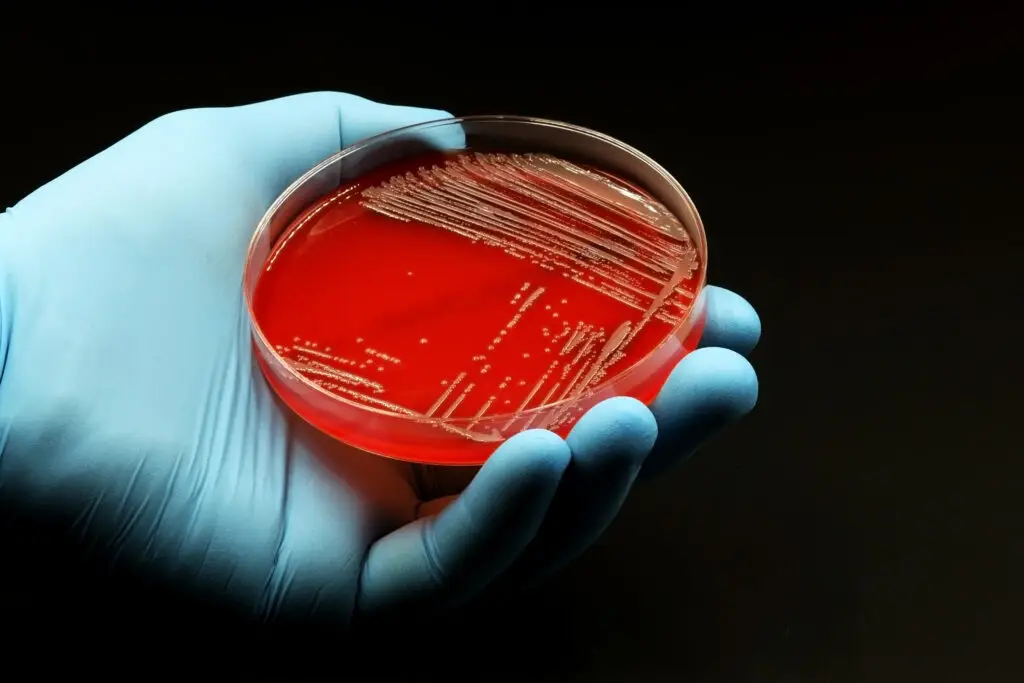
Culture and Sensitivities (C&S) was developed in the 1880s and designed for acute infections. This diagnostic method relies on bacteria or fungi growing on petri dishes or plates to detect species. This method has a lot of limitations, including human error. Cultures can only identify less than 2% of all known microbes, which is a small fraction of microbes that actually infect us. Cultures are time and temperature sensitive which is another downfall to using this method. Cultures need to be transported to the lab within 2-4 hours, which rarely happens at physicians’ offices. Temperature can also affect the quality of the specimen and can render the sample useless upon arrival at the lab. This typically happens when samples are placed outside in metal boxes and are not picked up by the courier until the end of the day.

Many culture reports result in one of the following findings: Mixed-Flora, Contamination, or Negative. Negative results could be due to patients being on oral antibiotics during sample collection (another limitation of culture). When medical providers receive these useless results they are forced to guess which antibiotic to use for their patient, this is called empirical treatment. When the wrong antibiotic is prescribed, it adds to our current antibiotic resistance pandemic.
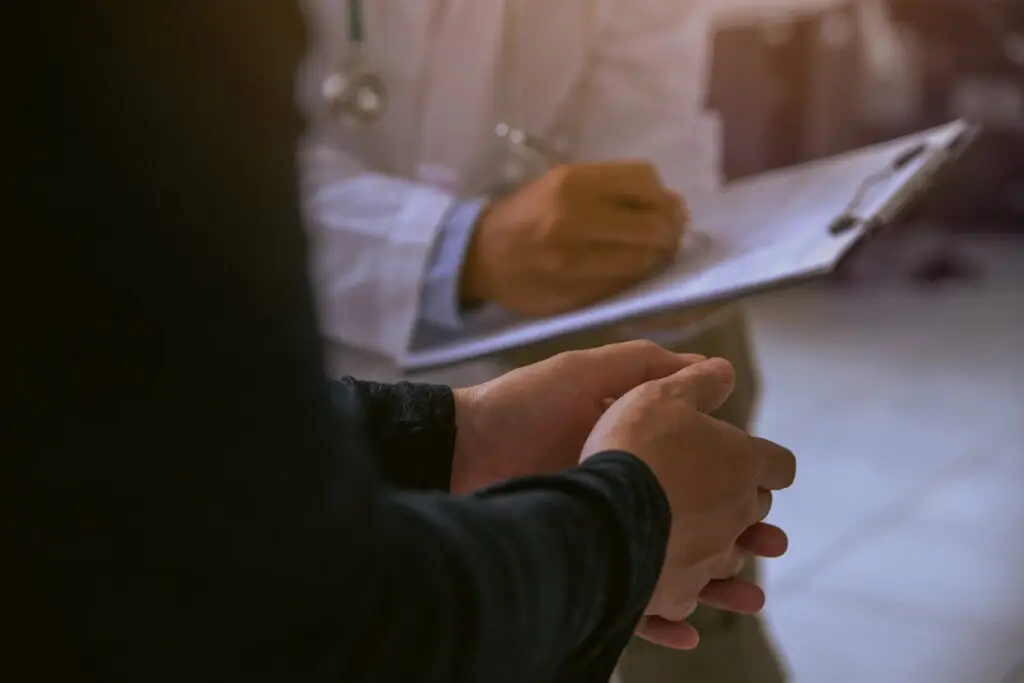
If the culture does grow bacteria or fungal species, it will often only report one species. There is no way to know if the bacteria or fungi is the dominant pathogen causing the infection. Cultures only have 15-30% accuracy at finding the main pathogen in an infection. If it is not the dominant pathogen, and the provider prescribes an antibiotic based on the C&S report, the patient’s infection will not be treated completely.
Cultures & Sensitivities is the diagnostic process that our current healthcare providers consider to be the “Gold Standard” in identifying microbial infections. This is our “Standard of Care”. But, there are better diagnostic processes out there.
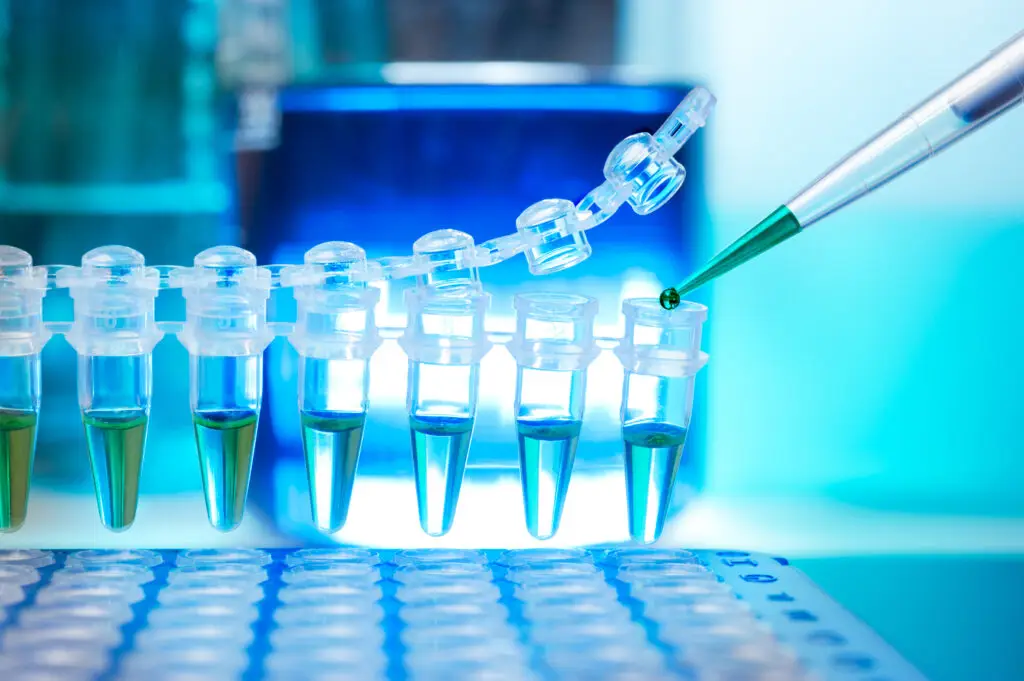
The Polymerase Chain Reaction (PCR) diagnostic machine was developed in the 1980s and works by extracting microbial DNA from the sample. This process is called DNA Sequencing. Just as humans have their own specific DNA sequences that’s specific to them, microbes also have their own specific DNA sequences. This allows them to be identified individually. The sample is matched to a predefined set of pathogens within a panel of typically 20-45 species (which is still less than 2% of all known microbes). The samples are not easily affected by time or temperature, or if the patient is currently taking an oral antibiotic.
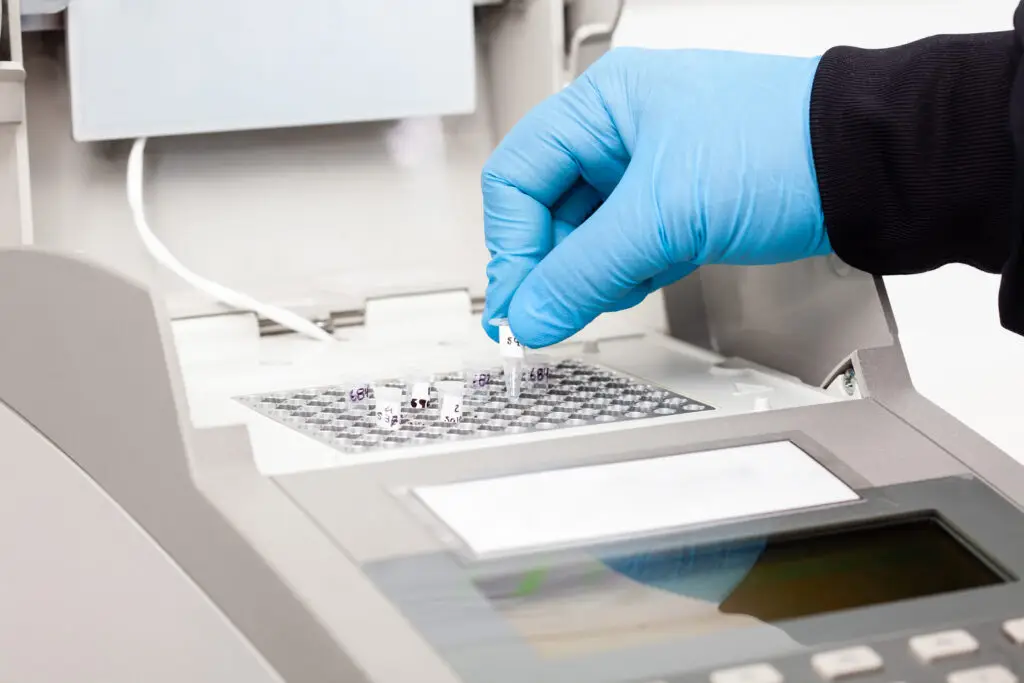
The turnaround time for PCR results are 24-48 hours, unlike culture which can take up to 7 days for bacteria, 4-6 weeks for mycobacteria, and 20+ days for fungi. PCR can be a helpful diagnostic when one or more of the 20-45 species happens to be present in the sample, and it identifies if the bacteria load is low, medium or high. PCR can also identify a preset number of antibiotic resistance genes within the sample.
There have been numerous mutations and emerging pathogens over the years that PCR has not been able to identify, resulting in PCR becoming less helpful when identifying the cause of infections.
PCR is not thorough enough when the infectious agent is unknown or when multiple pathogens, (including rare or opportunistic pathogens), are suspected. This has created the need to advance this type of molecular diagnostic from just a panel of species into a much larger database.
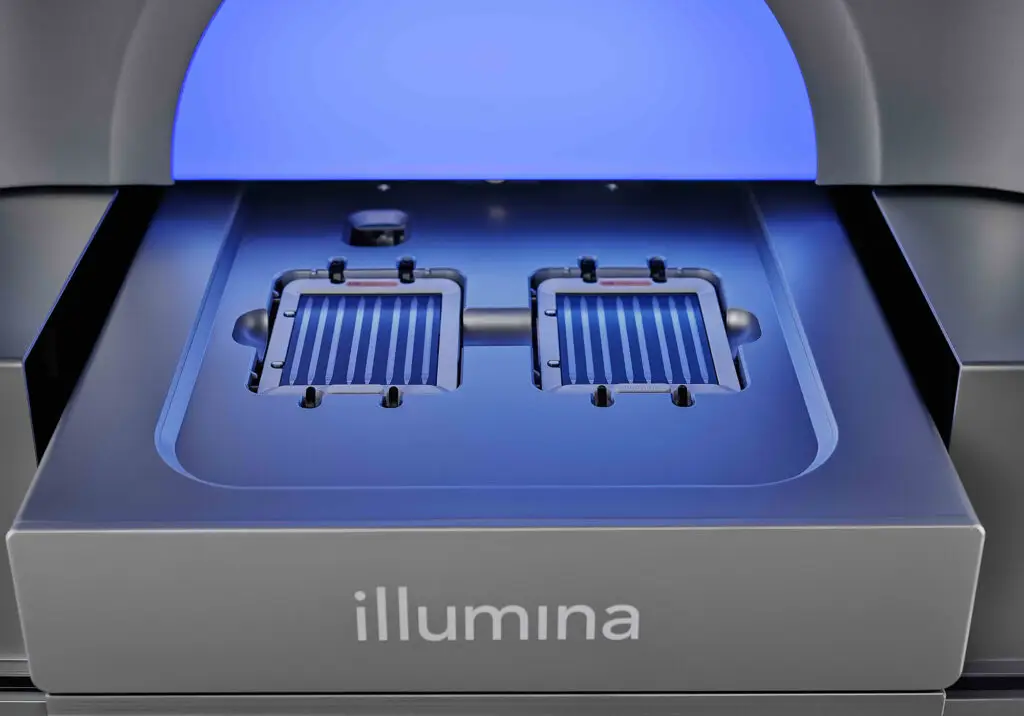
Next Generation DNA Sequencing (NGS) technology was developed in the early 2000s. There were many advances in DNA sequencing which led to the development of NGS. NGS uses Illumina MiSeq, which is the leading DNA sequencing instrument. This platform is used once the microbial DNA has been extracted from the sample. It then compares the DNA sequences that were found in the sample to thousands of microbial DNA sequences contained within a curated library database. The thousands of microbial DNA sequences include all known bacteria and fungi species including emerging pathogens and mutations. (Thousands more than the 20-45 species that PCR is capable of identifying.)
There is a huge need to raise awareness of this technology across the world. An accurate diagnostic leads to an accurate antibiotic treatment. NGS can help save lives and eliminate the guessing game of which antibiotic to use, which will reduce antibiotic resistance.
Currently, the most experienced lab offering NGS is MicroGen DX. They accept all specimen types, offer the fastest turnaround time, have the largest microbial database, and are the least expensive. MicroGen DX is a trusted research partnership lab for the FDA, NASA, and many more.
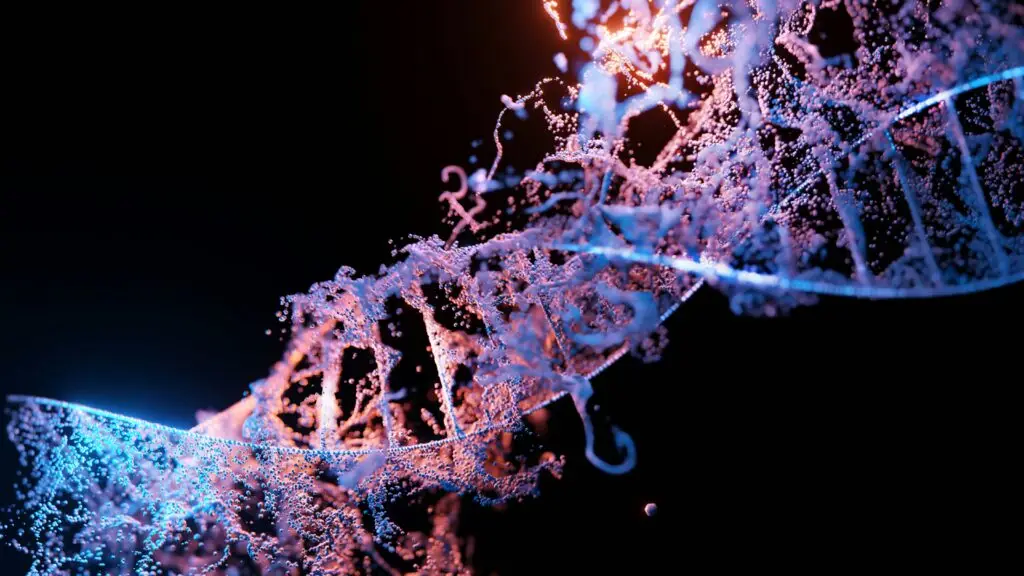
This process offers a comprehensive and unbiased approach to microbial detection for any sample type, leading to over 99% accuracy in identifying the exact cause of any infection. NGS lists microbes in order of the dominant species causing the infection and includes any antibiotic resistance genes. Turnaround time for results can vary depending on which lab is used. The lab with the fastest NGS results delivers within 24 hours.
There have been numerous studies proving NGS is becoming the new gold standard. This technology has revolutionized diagnostics as we know it. However many people are not aware of it. This is due to a lack of education in medical schools, institutions and care facilities. There are numerous hospital systems that will not even consider the use of this accurate and lifesaving diagnostic. Unfortunately, insurance providers consider this technology as “experimental”, even with all the success stories coming in from physicians and patients who have seen the difference it has made in so many lives.
For more information on NGS please visit the following trusted websites:
Bacteria Beyond Borders is committed to educating the public and medical professionals about the urgent need to use more advanced diagnostics. Our Healthcare System is behind the times when it comes to utilizing DNA to solve the mystery of what’s causing infections. The current “Standard of Care” in diagnosing the cause of infections (Culture & Sensitivities) was developed in the 1880s. While methods may have improved over the last 150 years, they are simply not sufficient in today’s world. Deaths caused by infections in the ICU should not be treated as “business as usual” when there are better diagnostics and treatment methods available!
The Combined DNA Index System (CODIS) is the United States national criminal DNA database that has assisted with close to 700,000 cases by identifying criminals accurately when investigating crime scene evidence. Imagine if our law enforcement completely neglected to use CODIS, opting to use only fingerprint or shoe print analysis for identification instead. Not only would there be an unmanageable backlog of testing to be done, but there would undoubtedly be a high rate of misidentification. This is exactly what is occurring in our healthcare system by choosing to use Cultures as our standard of care!
Our goal at Bacteria Beyond Borders is to create a similar database of both infection causing bacteria and infection killing phages. Utilizing NGS as the Gold Standard of diagnostics would allow medical professionals to not only identify the cause but also the cure of an infection by searching through the database. Change is needed and Bacteria Beyond Borders is here to lead the charge.